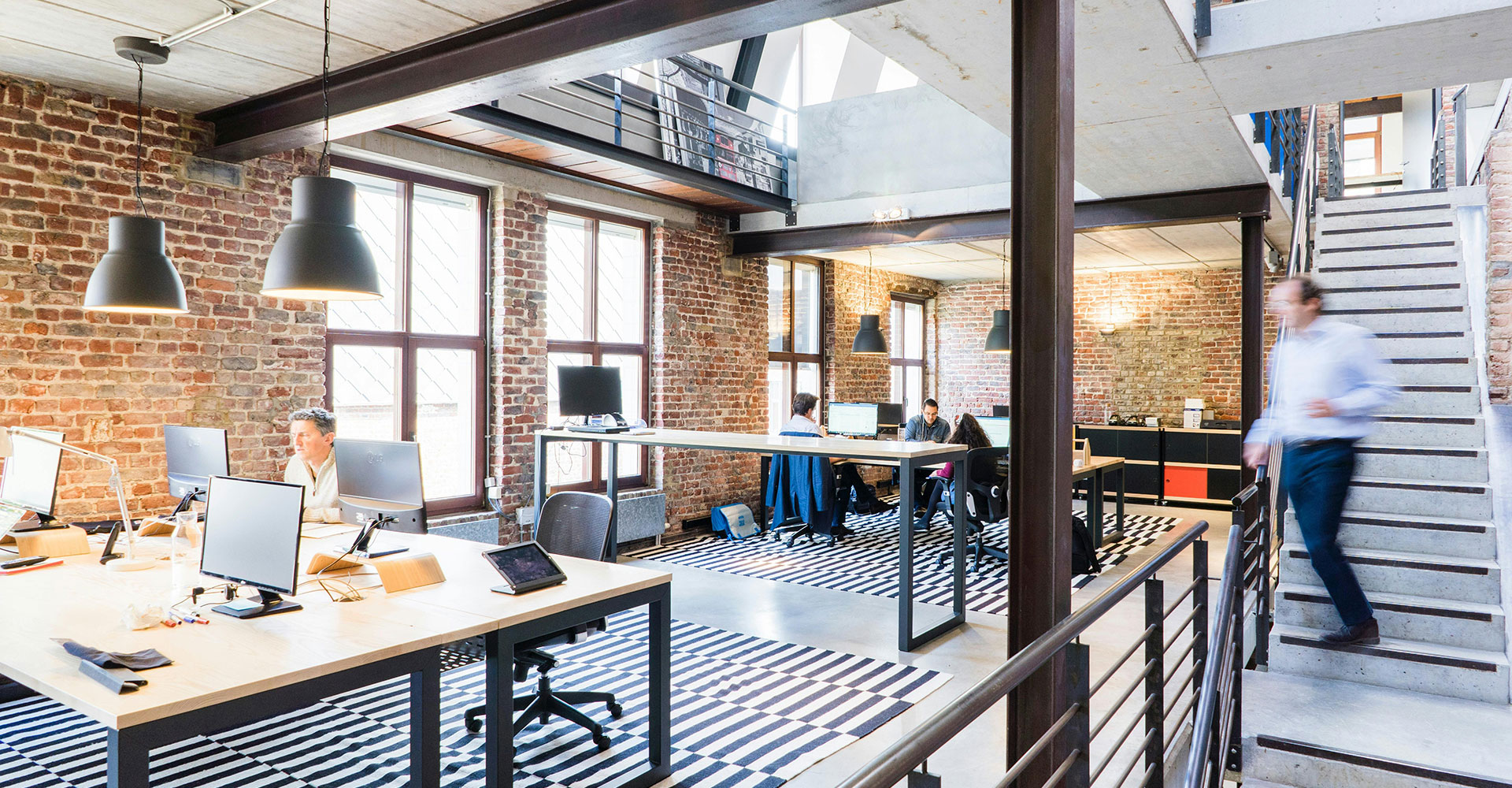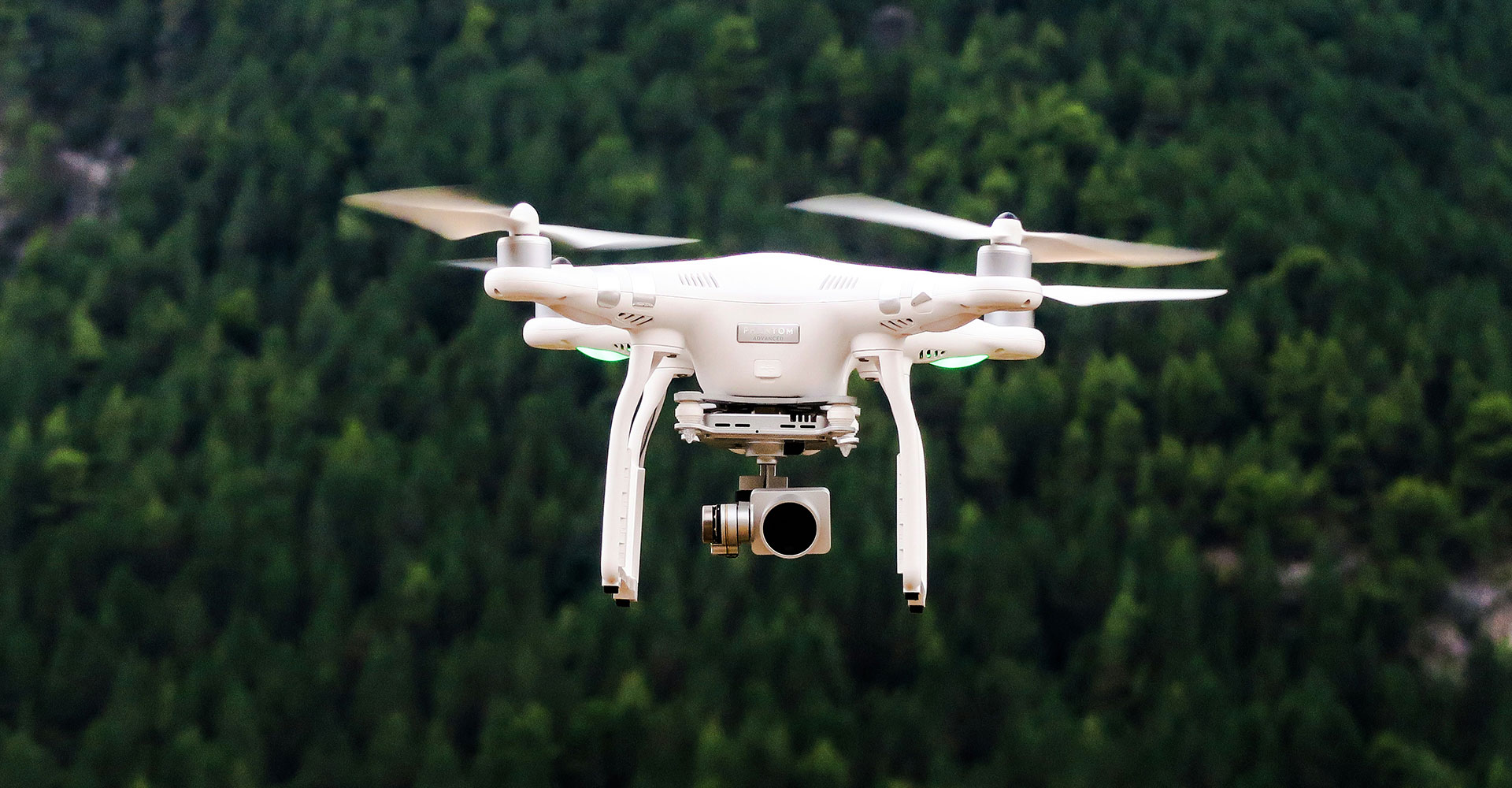The 2020 COVID-19 pandemic forced businesses in every industry to rethink their practices and operations. In sectors where working remotely was possible, entire workforces transitioned to telework from their own homes.
Initially, some viewed remote work as a temporary solution, but others have realized the hidden value of work-from-home. Employees have reported they felt more productive at home because they could focus better in an environment over which they had more control.
Now that the US population has access to the vaccines, more businesses have reopened their physical offices and asked — or mandated — that their employees return to work in person. Yet other business leaders have concluded that the most effective solution to maintaining their employees’ job satisfaction and providing a healthier work-life balance is to offer a hybrid solution that enables employees to choose when they work in-office and when they telecommute.
Executives worry that should their employees remain working remotely versus in person, certain critical functions — creativity, innovation, strategy, collaboration, productivity — will suffer. But by understanding the roles each of these critical elements plays, it’s possible to create in-person and virtual environments that support and encourage employees to contribute to and benefit from each.
Creativity. Innovation. Strategy. Collaboration. Productivity.
A recent virtual visibility study conducted by workplace research firm DORIS research explored five elements important in both in-person and virtual work environments: creativity, innovation, strategy, collaboration, and productivity.
The study, which included input from 10 industries and evaluated 840 collective encounters, concluded that while it’s easy to think about each of these five critical functions in their own individual silos, they work in a much more complex system, and complement each other.
Organizations depend on innovation and creativity, the foundation which inspires and manifests the energy to drive and support strategy and collaboration. Growth- and future-focused collaboration and strategy move businesses forward, generating the tasks individuals need for productivity.
At the top sits productivity, which drives a business’s movement. But productivity doesn’t (and can’t) live in a vacuum. Individuals might be productive but still rely on team collaboration and strategy to create and generate new tasks or goals. The DORIS study identified the interdependence of these five areas, noting that feedback from participants confirmed that a change to one part affects each of the other four parts.
Creativity
Related to generating new solutions or products, creativity requires energy to generate. When people work together in a physical space, it’s often easier to generate (and receive) creative energy — and to access input from multiple perspectives and others involved in the creative process.
Innovation
A cousin to creativity, innovation enables people forge forward and create new paths or reach the cutting edge of a new technology or process. But it founders without communication. After all, what good is your brand new idea if you’ve no one with whom to share it?! Innovation requires access to spaces and environments that encourage people to talk to one another — whether remotely or in-person.
Strategy
Strategy — or a plan — provides the roadmap for creating the desired outcome. Not easy to manifest, it requires effort both to create and to execute. Executing strategy doesn’t happen in a vacuum, either – it requires putting forth effort and input from others — and that input comes through collaboration.
Collaboration
An act of teamwork, productive collaboration empowers employees to brainstorm, communicate, and share their ideas. Working toward a common goal drives individuals to contribute toward the creativity, evolution, discovery, innovation, and strategy in pursuit of improvement.
This ongoing process never — and shouldn’t — end. Most employees agree it’s an essential element of their work, because when successful, collaboration leads to tasks. And tasks become the steppingstones that lead to goal completion. But when a company’s workforce is all (or mostly) virtual, it becomes a challenge for employees to remain accessible — or know about each other’s accessibility.
Productivity
Waste elimination, peak operation, and efficiency all lead to productivity. Some define productivity as checking off a “to do” list each day. It’s measured by outcomes and results; however, it’s also personal. Productivity doesn’t equal collective activity. Employees may collaborate, determine their individual tasks, and separate to complete those tasks. A team whose members each complete individual tasks to achieve their own personal goals? That’s productivity. A series of smaller completed tasks that combine to achieve a larger goal? That’s productivity, too.
Facilitating and Cultivating Collaboration
Since the early days of the pandemic, people have missed the impromptu collaboration that happens naturally at work, when they bump into a colleague at the water fountain or on the way back from the copier. It’s often easier to stop by a coworker’s desk to ask a question than to find common time to schedule a meeting when everyone’s working from home.
But more than a year later, people have found ways to maintain that impromptu collaboration that’s so important for strategy, discussion, and insight. A range of tools has made virtual collaboration much easier via instant messaging via Slack or Teams, phone calls, texting, and emails.
Emails can evolve into threads with a long-running discussion or problem-solving strategy. Those emails can escalate into a phone call. Instant messaging offers the perfect forum for posing/answering quick questions or launching discussions. These problem-solving, solutions-oriented interactions are, by their very nature, collaborative. IMs allow team members to talk through their ideas or issues — and sometimes they lead to phone calls or video conferences to flesh out a concept or discuss the next step in a project.
Statistics show a relationship between communication methods and whether the collaboration is scheduled or impromptu among employees working from home:
- Text messaging (1% – impromptu and scheduled)
- Email (31% impromptu vs. 2% scheduled)
- Instant messaging (22% impromptu vs. 3% scheduled)
- Phone call (32% impromptu vs. 8% scheduled)
- Web conferencing (14% impromptu vs. 86% scheduled)
Collaboration requires intention and requires more effort when done remotely versus in-person. Employees at all levels must deliberately reach out to each other for support, collaboration, and relationship maintenance and consciously ensure they’ve included everyone in a meeting who should attend.
Remote employees should keep cameras on during virtual meetings. Participants that cameras on signal their availability rather than their passiveness. Often, others in meetings perceive people who choose to keep cameras off as spectators and not actively engaged in the conversation.
Many technical tools to facilitate easier collaboration, like screen or document-sharing, for example. It’s a little more challenging than sliding a document across a desk to someone in a physical meeting, but sharing a screen takes only a little longer and shouldn’t interrupt a meeting flow.
What next?
There’s no one right way to work. Companies — from their leadership down — will need to define needs, evaluate options, and develop intentional strategies that facilitate everyone’s abilities to move between the five factors of creativity, innovation, strategy, collaboration, and productivity.
The first step requires understanding how each of these factors works with the others and affects the business. The next step involves creating a deliberate, intentional plan with an understanding that the plan may require tweaks and adjustments. But ultimately, that plan should yield a work environment best suited to serving the company. A good number of companies have decided that a hybrid environment aligns well with their future goals.
The members of CREA United can help. Whether it’s redesigning your office space to accommodate guidelines to keep your employees healthy and safe or upgrading technology to ensure smooth communications and collaboration with a hybrid workforce and clients, our members are uniquely qualified to contribute significant value. Connect with Karen Krasnomowitz, Director Studio A+ at Arenson, Michael DeSomma, President and CEO of Technalysis Corp., or any of the other CREA United members for guidance.

